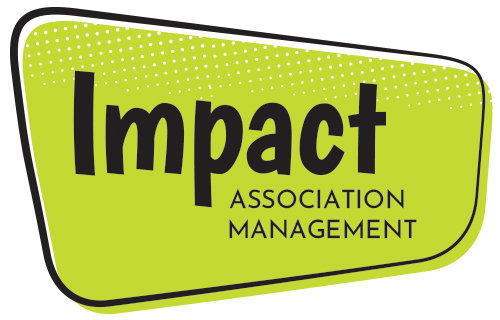Each organization is unique and has their own reasoning for setting things up the way they are set up. This doesn’t mean that the board should not always be evaluating whether or not that original set up still works for the association. One thing that should be set in the bylaws is whether or not the board has term limits. Term limits are most commonly 2-3 years and are set in place to keep order to the board and prevent one group of people from holding both the power and responsibility for too long. If you are unsure if term limits are for your organization or not, check out the pros and cons our clients have experienced below!
Pros:
Term limits encourage other members of the organization to become further involved.
Ideas and systems are kept fresh with new mindsets.
The board is able to keep a more diverse group of people rotating through it. Having limits allows for younger generations to get involved.
Power and responsibility shift helping to avoid a monopoly by one group.
Term limits allow for a more structured system. Without term limits, a large group of board members could leave at once, leaving the board at a loss. Term limits are usually set up to phase people in and out without an enormous loss on the team.
There is a peaceful and easy way to get the troublemakers off the board. If someone has something negative to say about everyone’s ideas or is not pulling their weight on the team, there is an end date. This avoids an uncomfortable situation and lets things play out naturally.
Cons:
The history of the organization might start to dwindle. Sometimes having someone that has been on the board for years, adds an immense amount of value. They have seen how things have been done and what has worked and what has not worked. They also have a core understanding of what the organization’s purpose is and typically work to preserve that.
Term limits can cause the board to lose high performing and dedicated board members. This can take a hit to the productivity of the organization and can often be seen by members.
Succession planning is not always a quick and painless process. The more something is passed on to someone else, the more information that can be lost in the process. It is important to set up a clear process for succession if you choose to have term limits.
Relationships with board members are hard to hold on to. If your board member’s company sponsored the annual conference every year, they might be less likely to jump in with support if their employee is no longer on the board.
There are not always many volunteers willing to join a board. Being that involved in an organization is a huge time commitment that not everyone is willing to take on. This can leave a board seat empty for longer than you might like.
No matter how your organization is set up, there will be positives and negatives. Understanding the needs of your organization is the most important part of making this decision. There are also other alternatives like making board terms longer and shorter that could make term limits a better fit for your organization. Learn more about Impact can help your organization: https://www.impactamc.com/nonprofit-association-management/support-for-your-association

